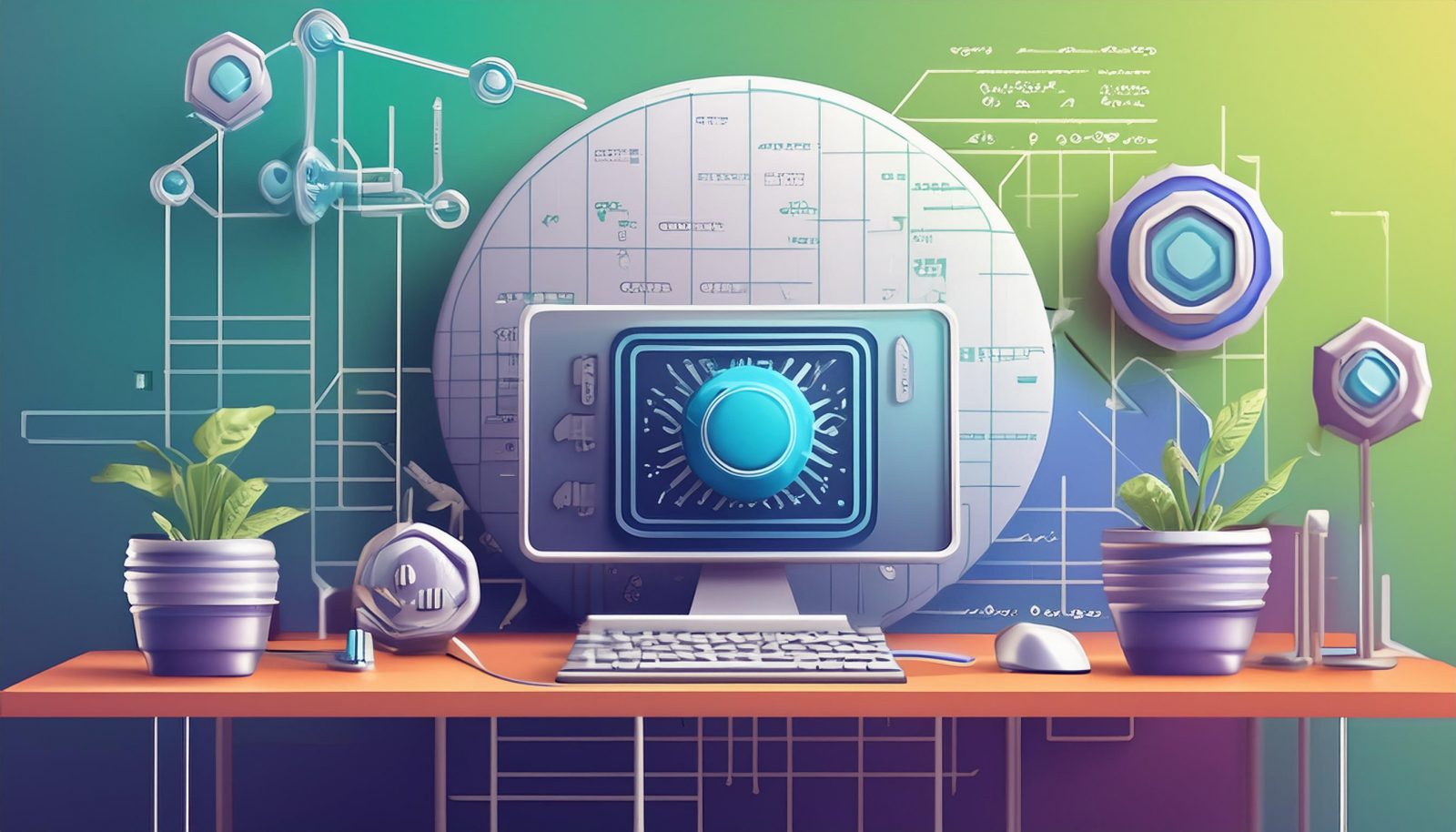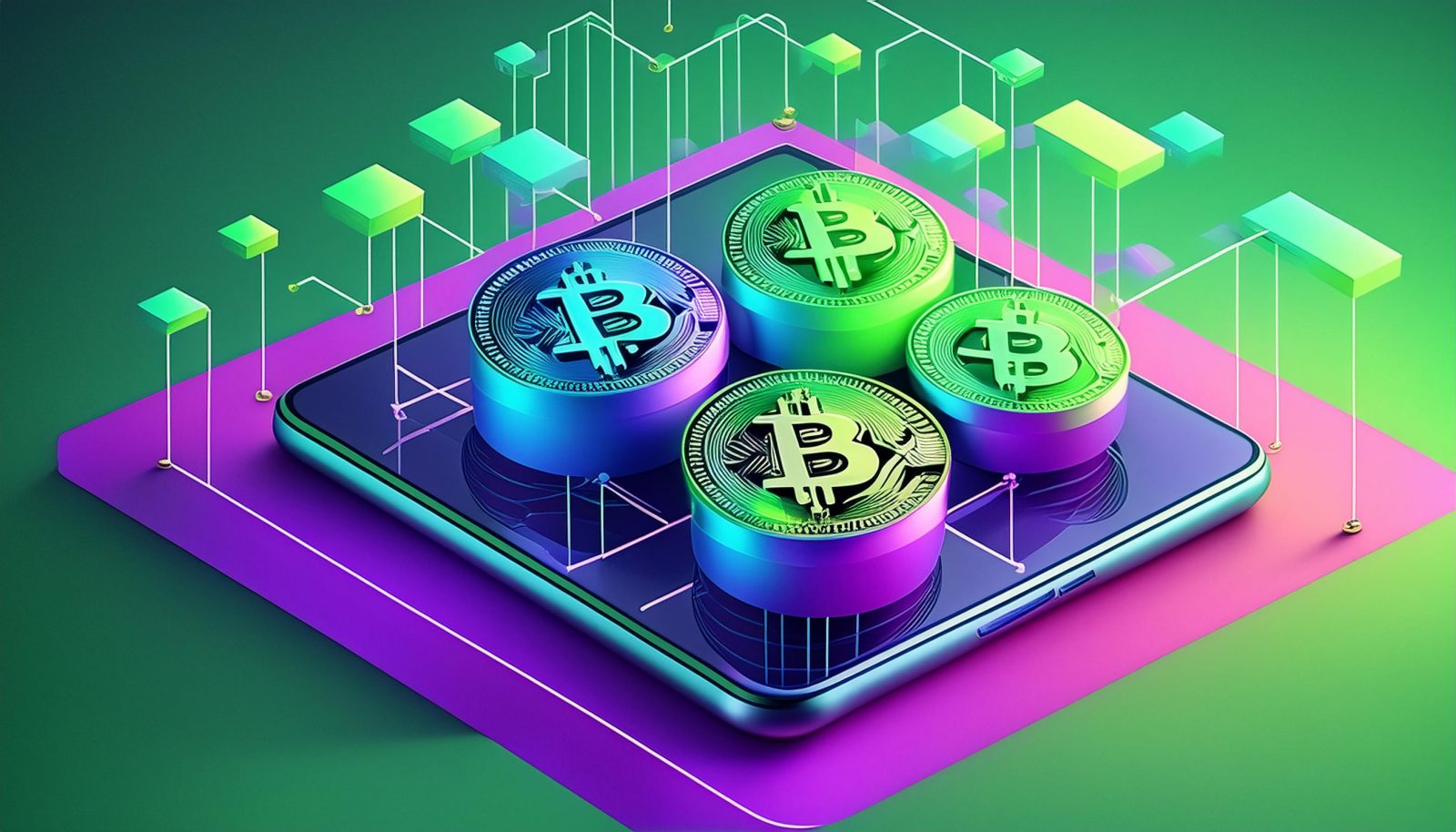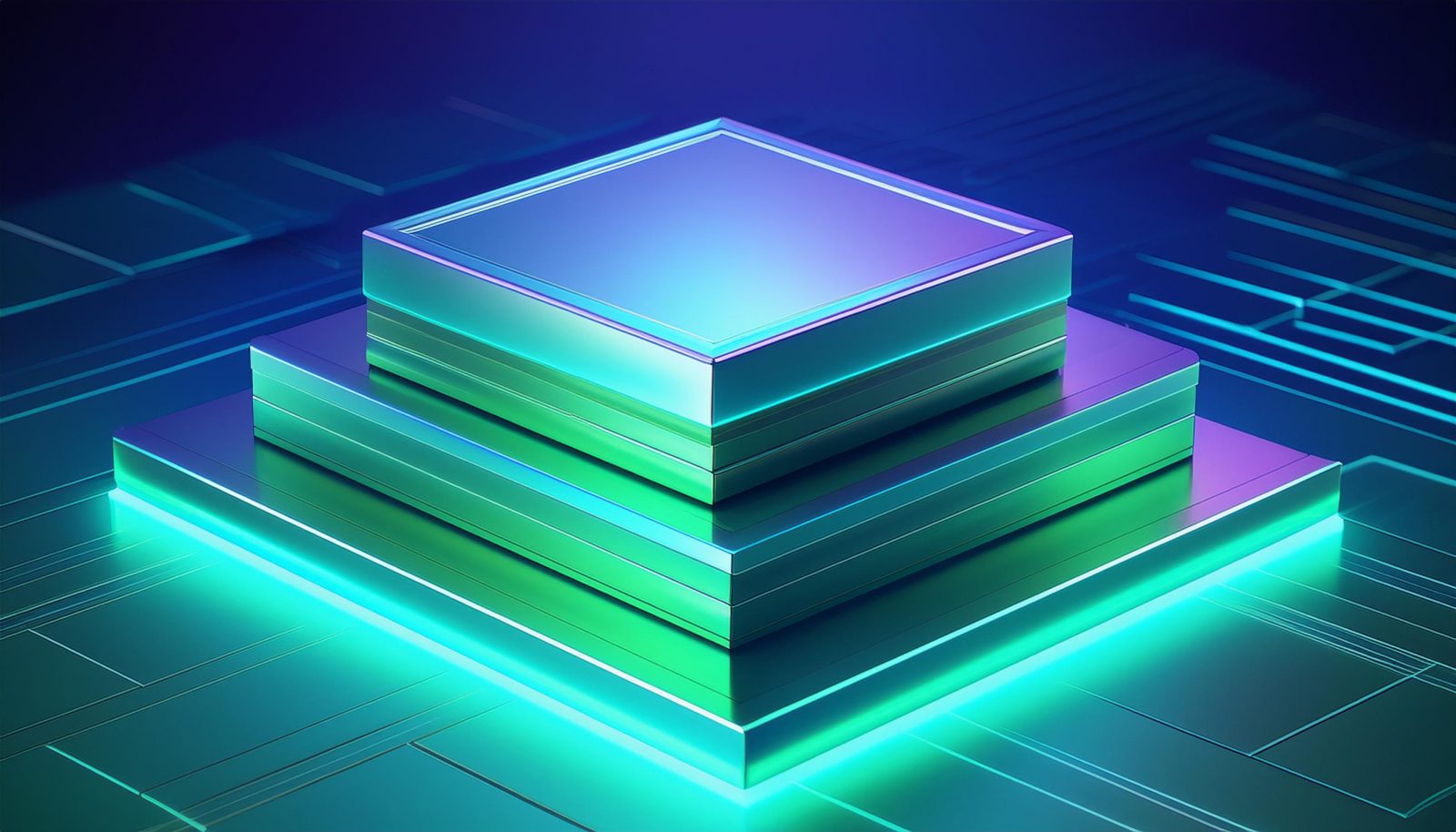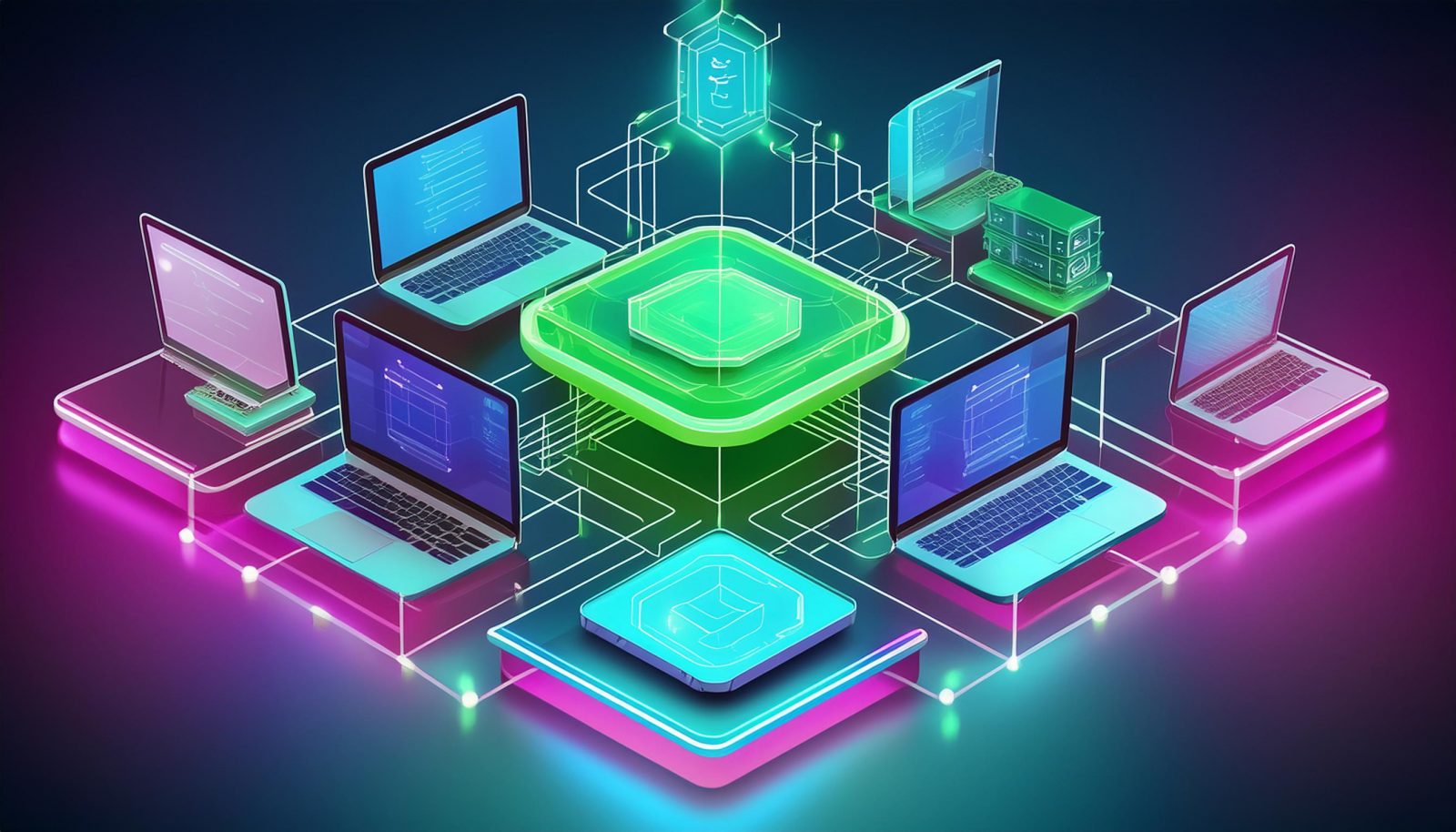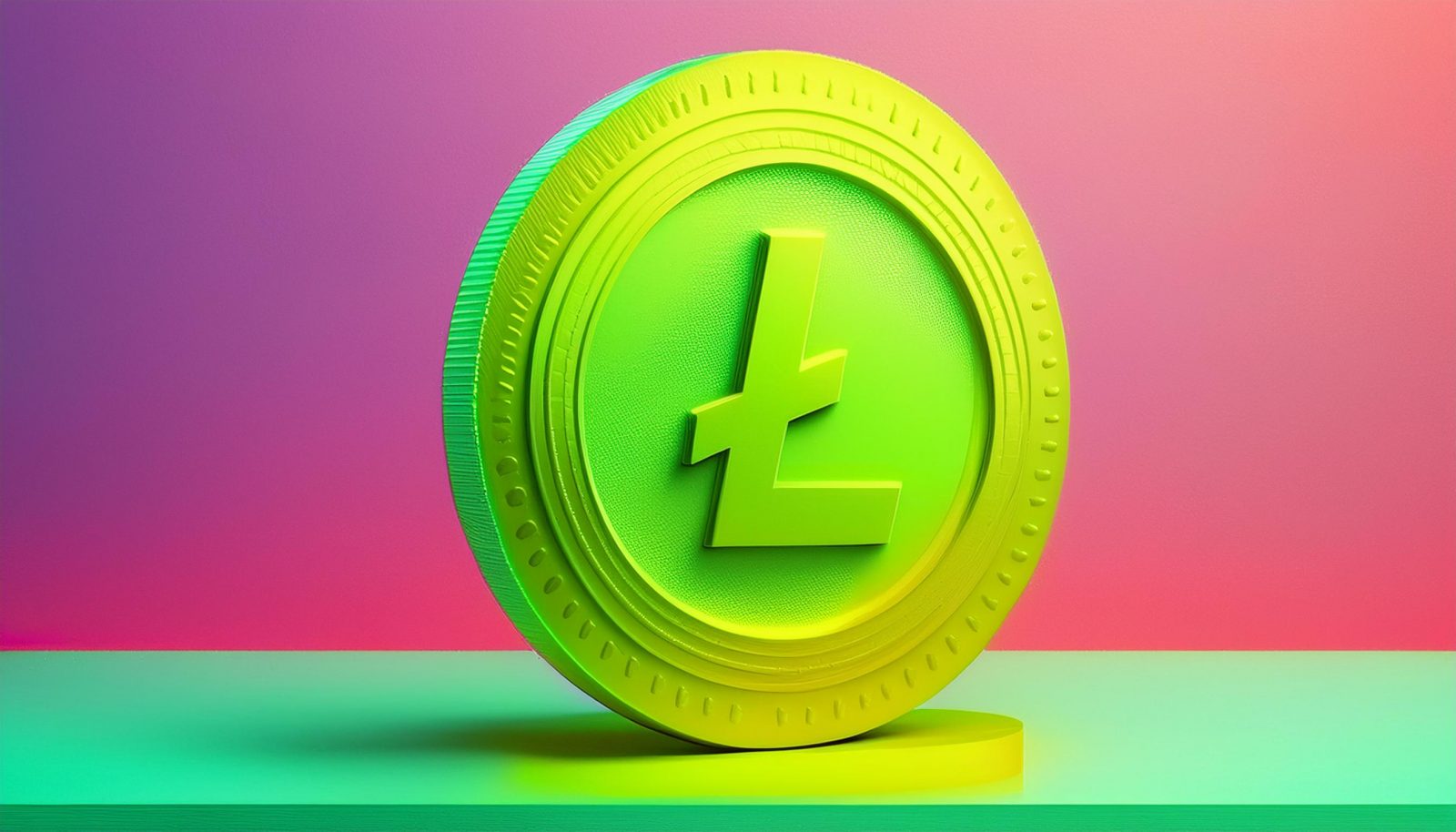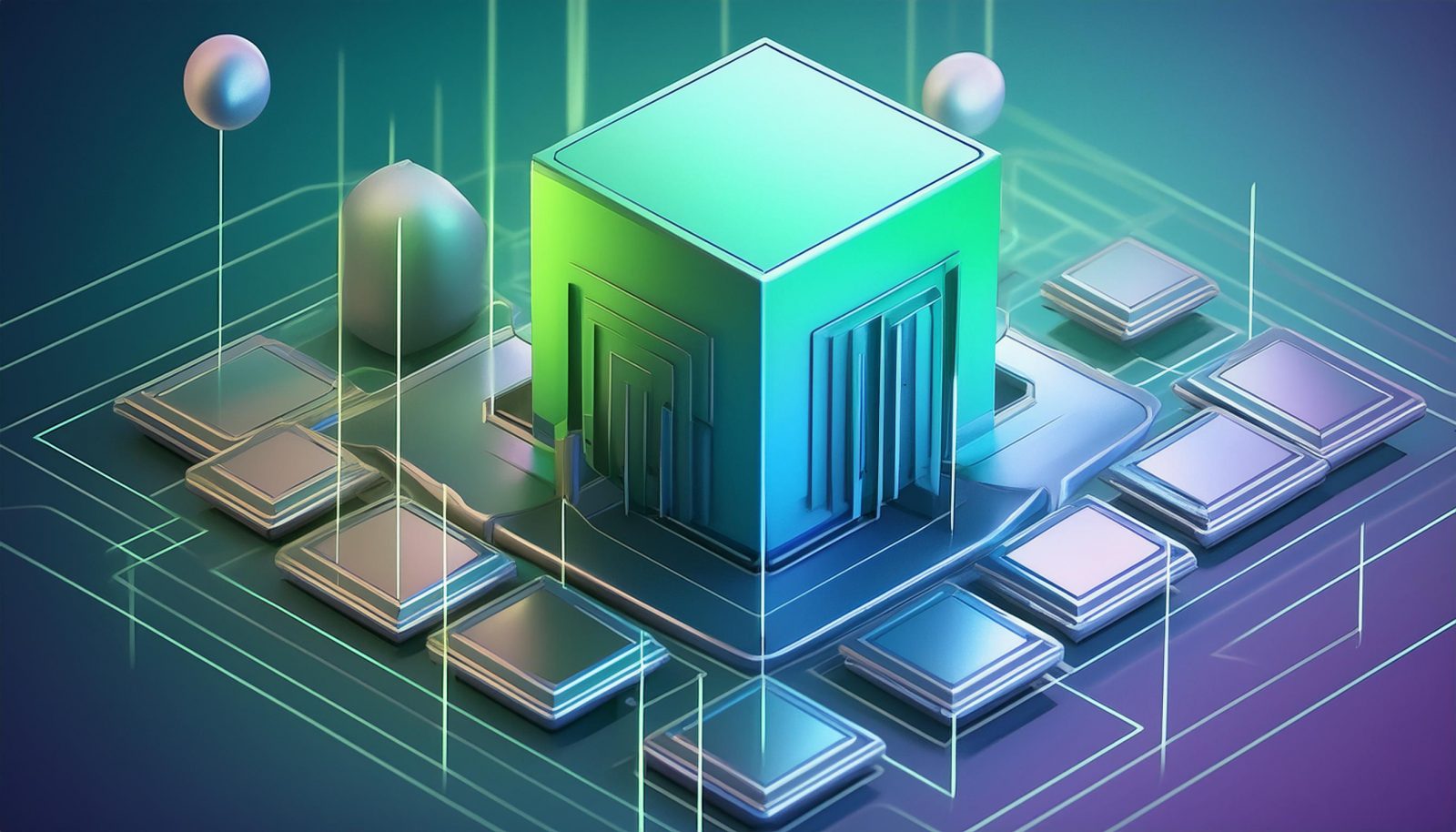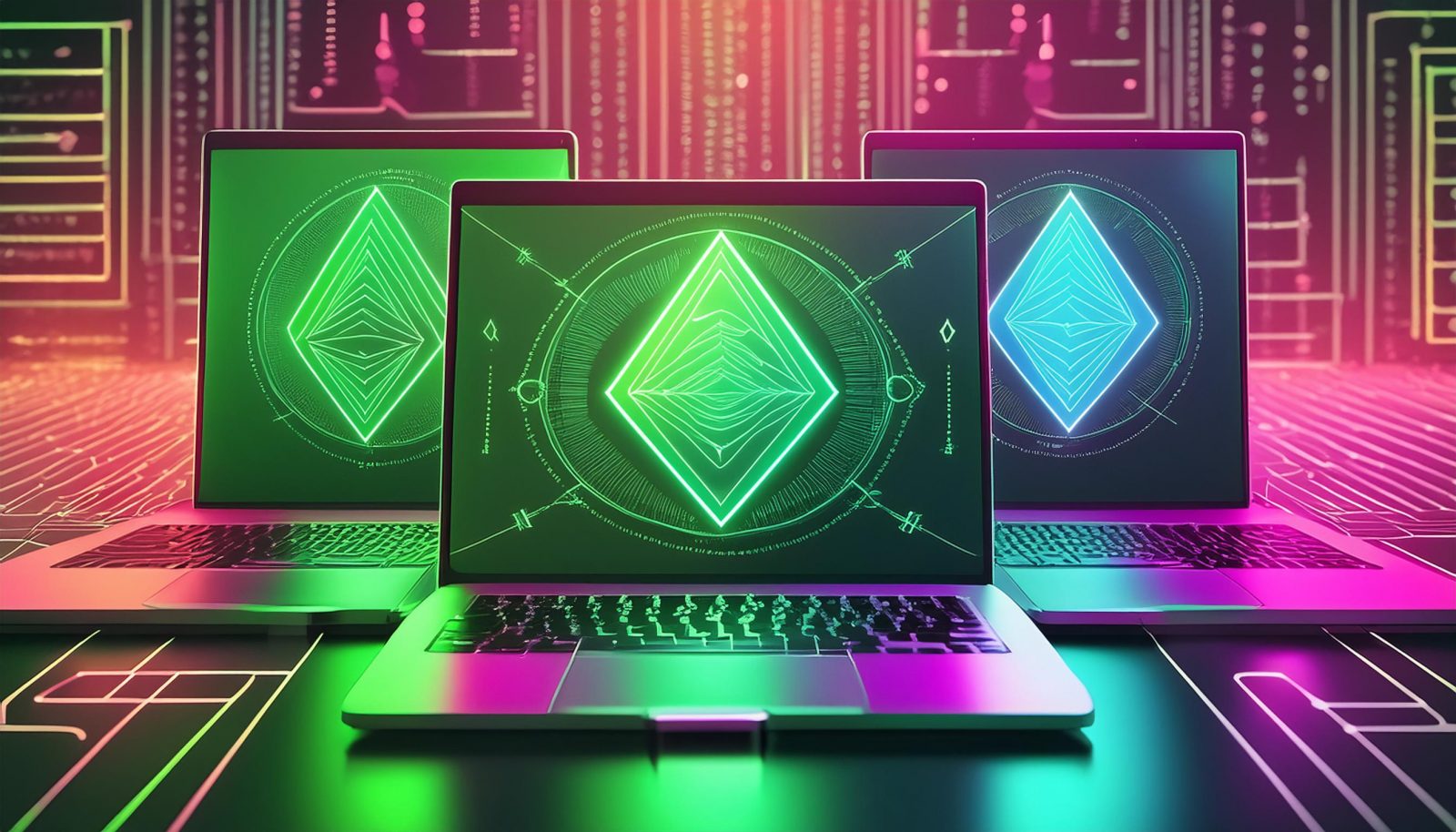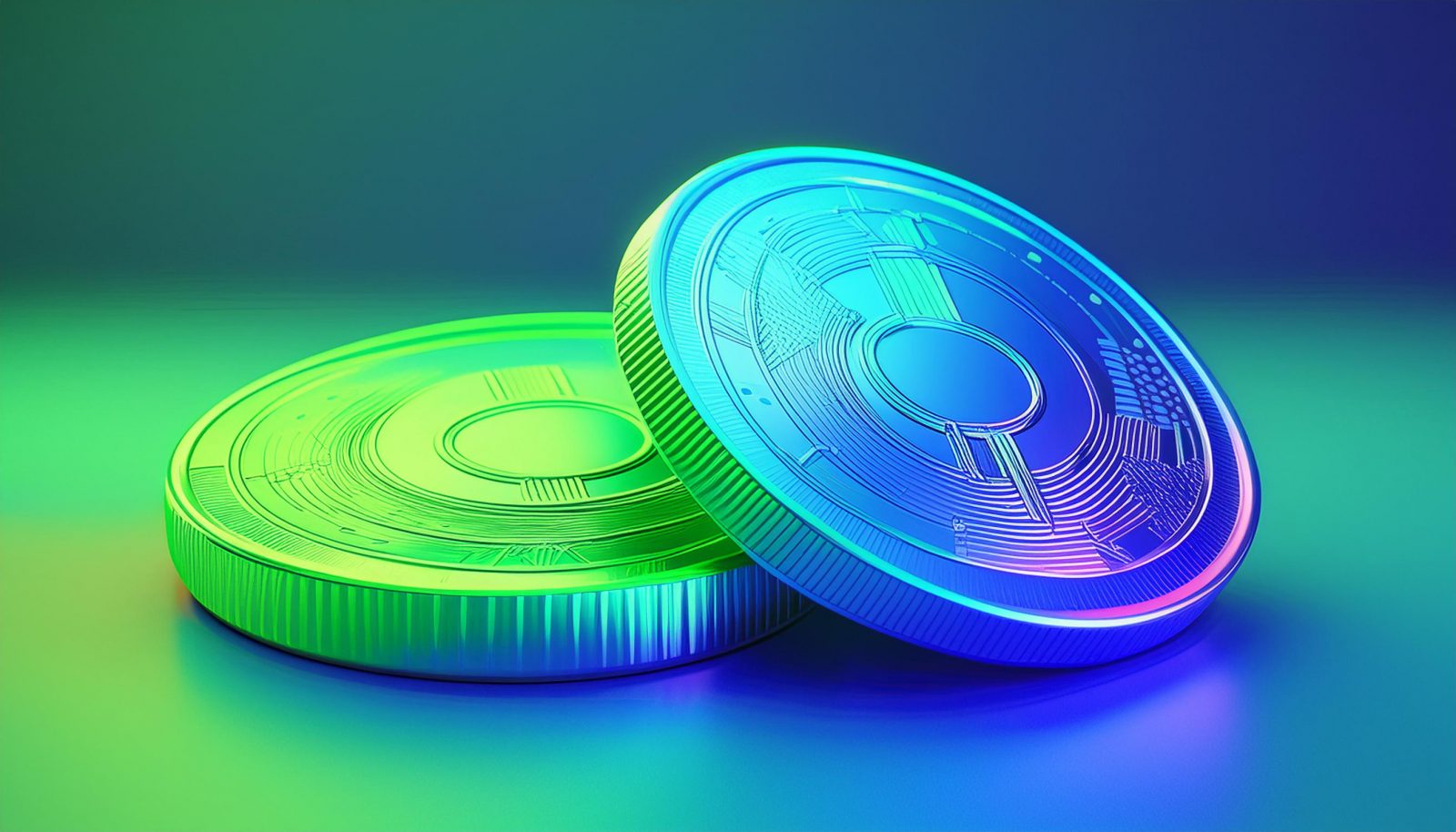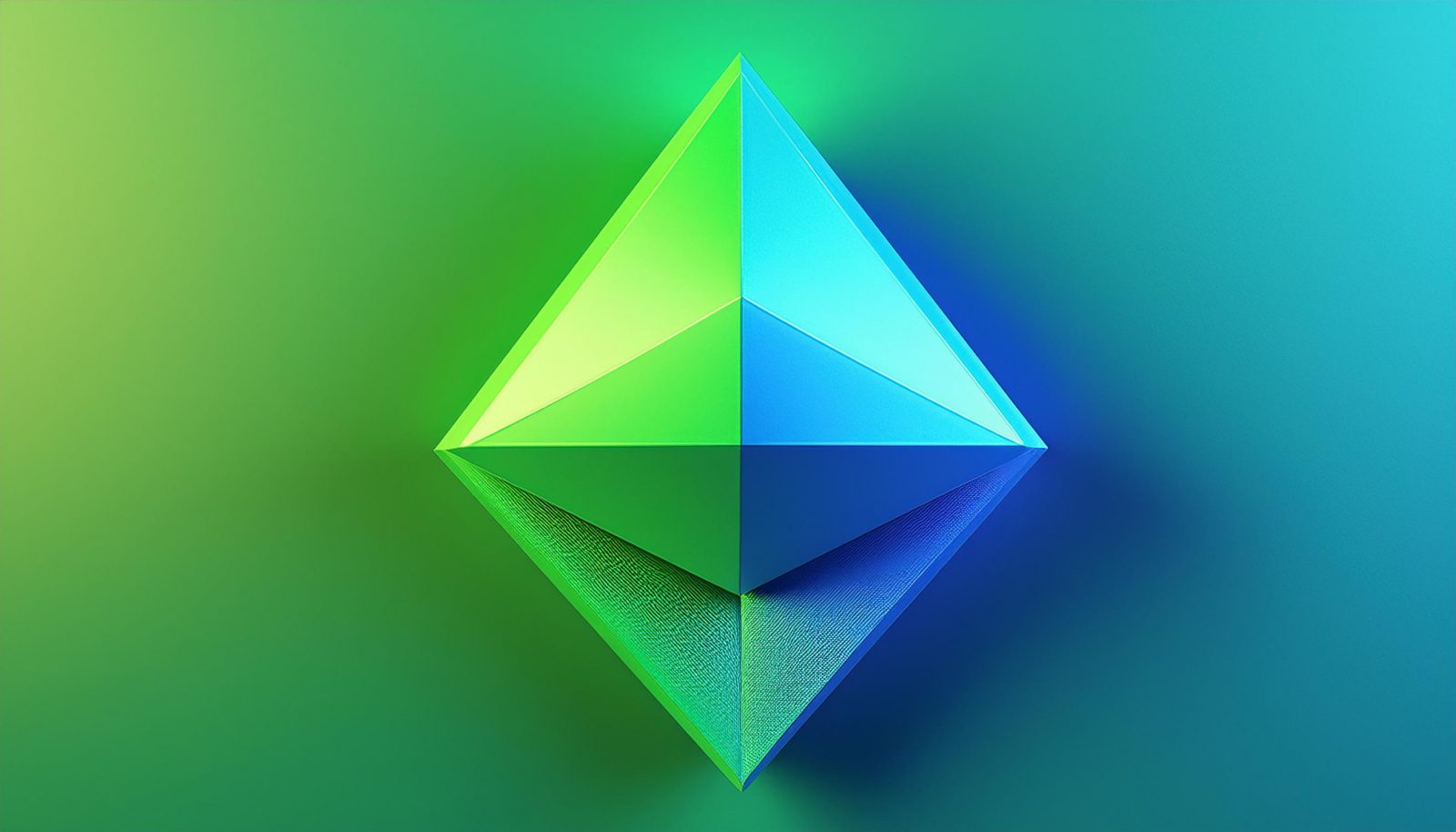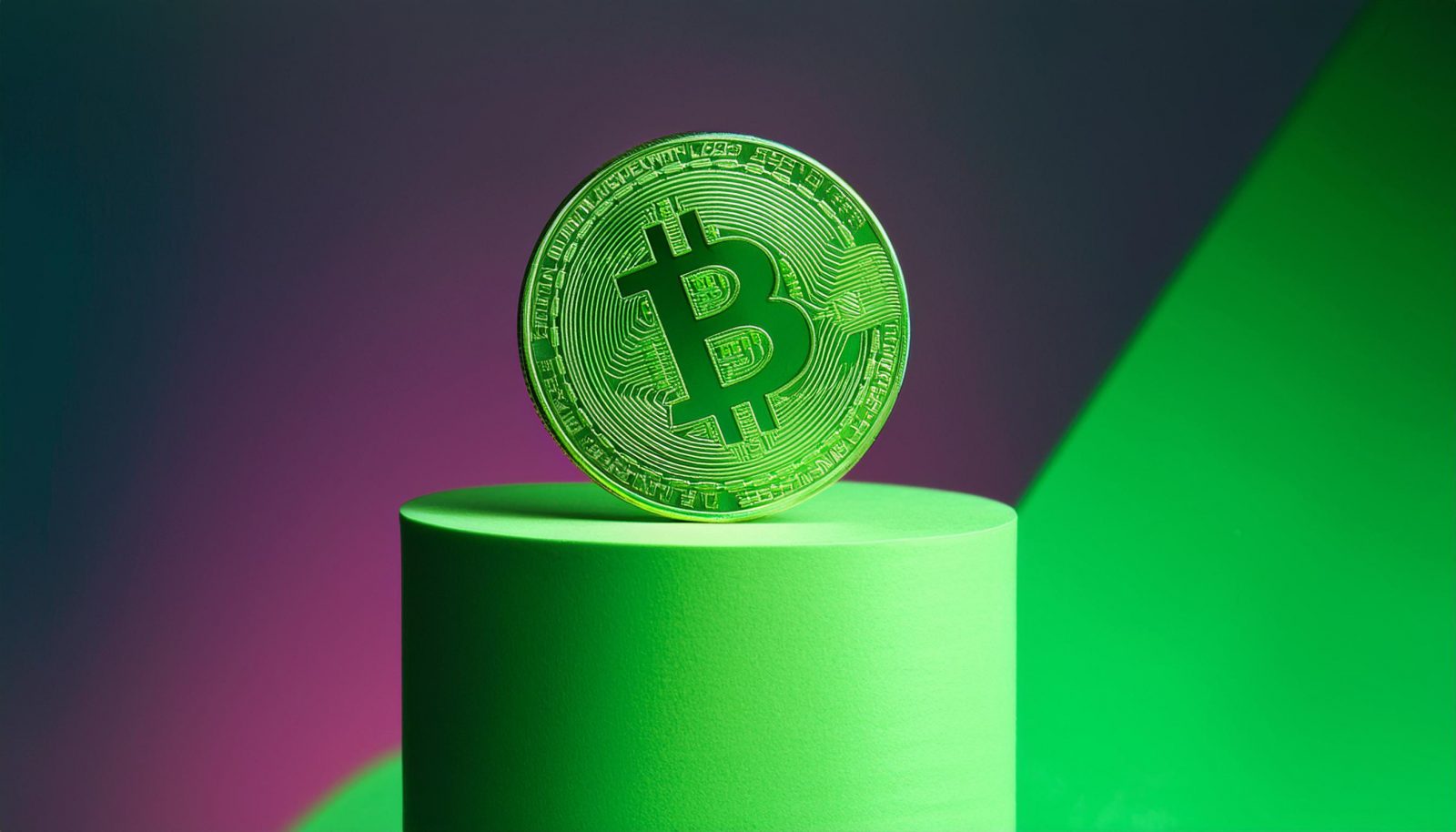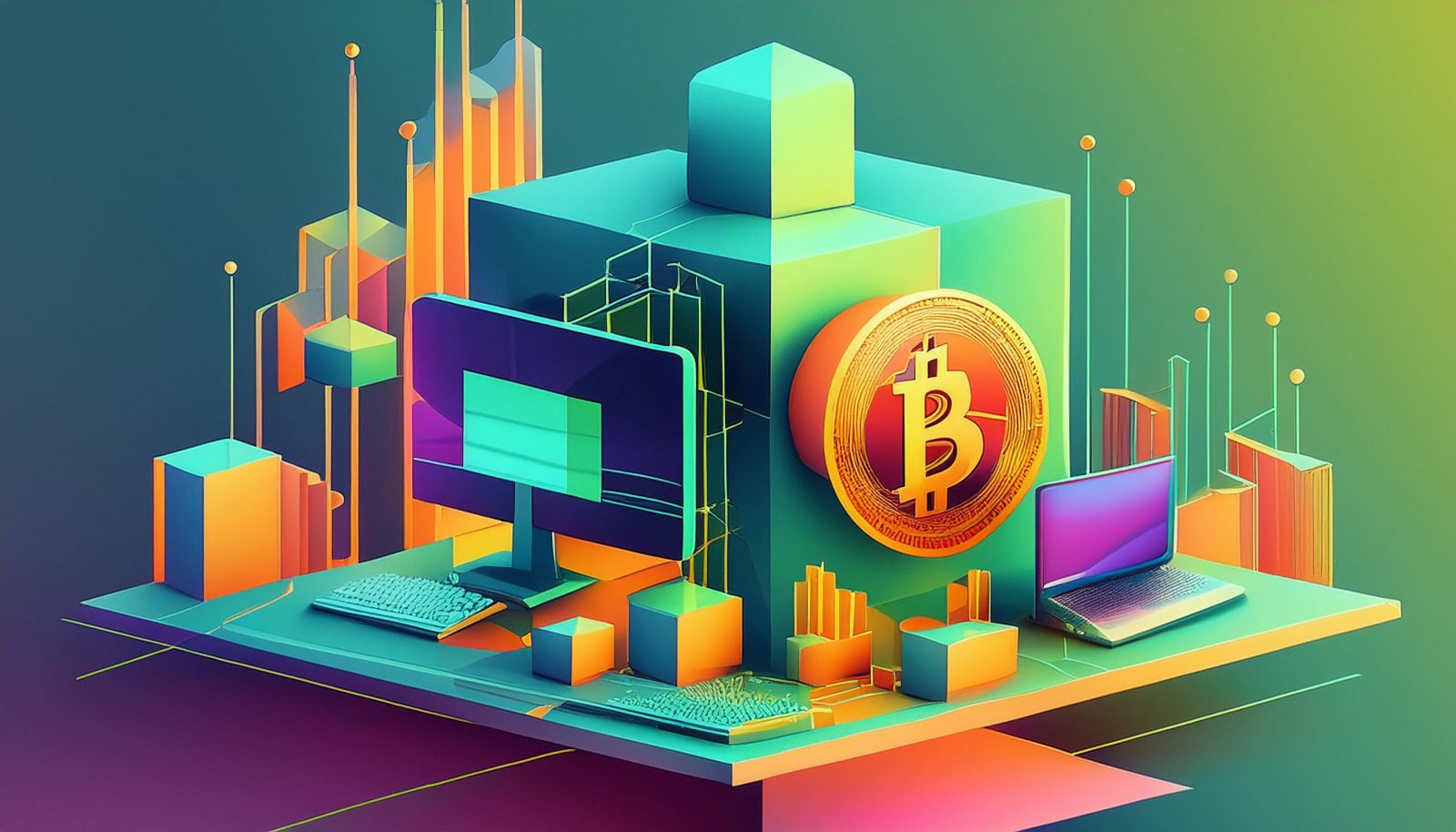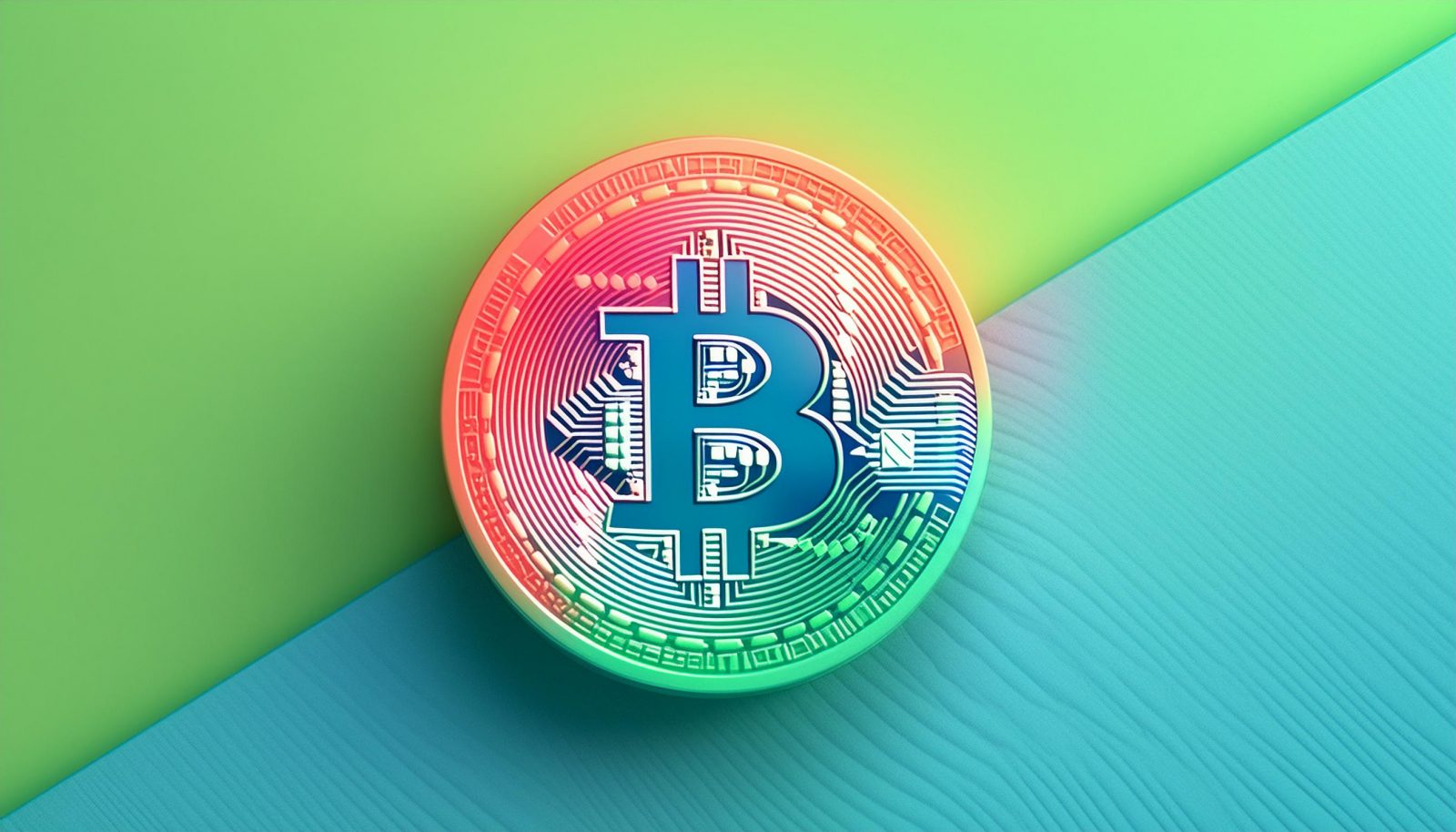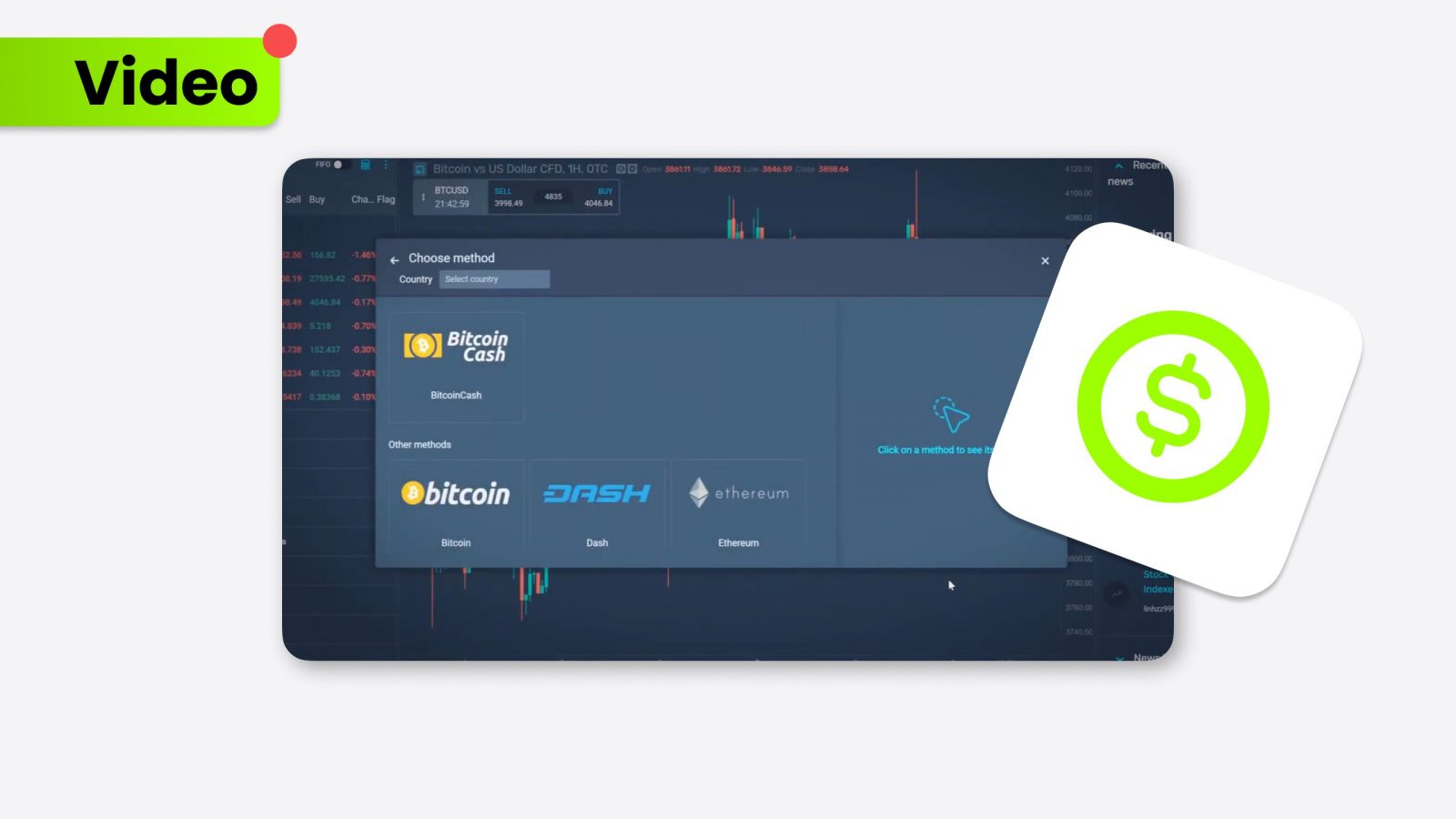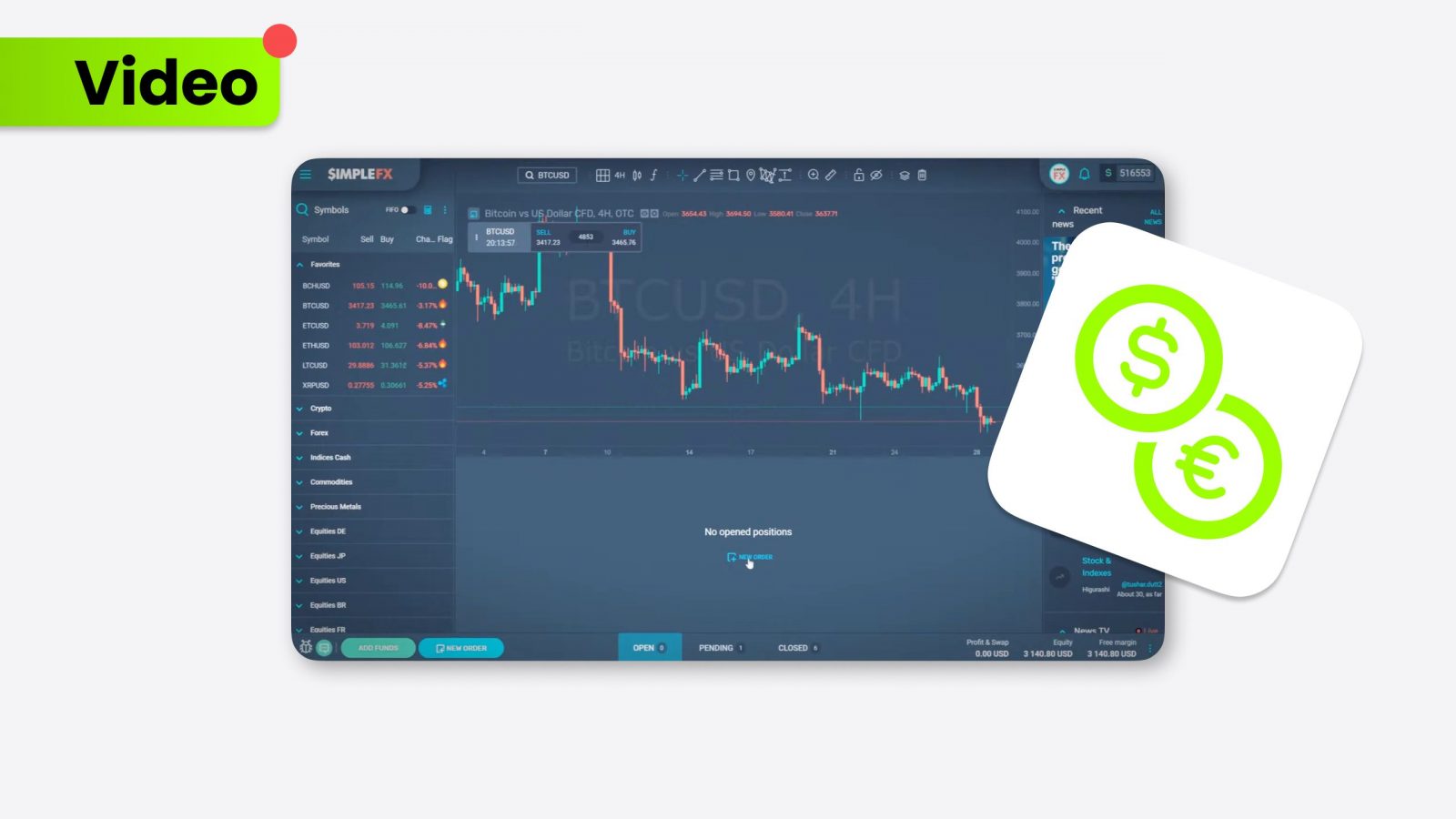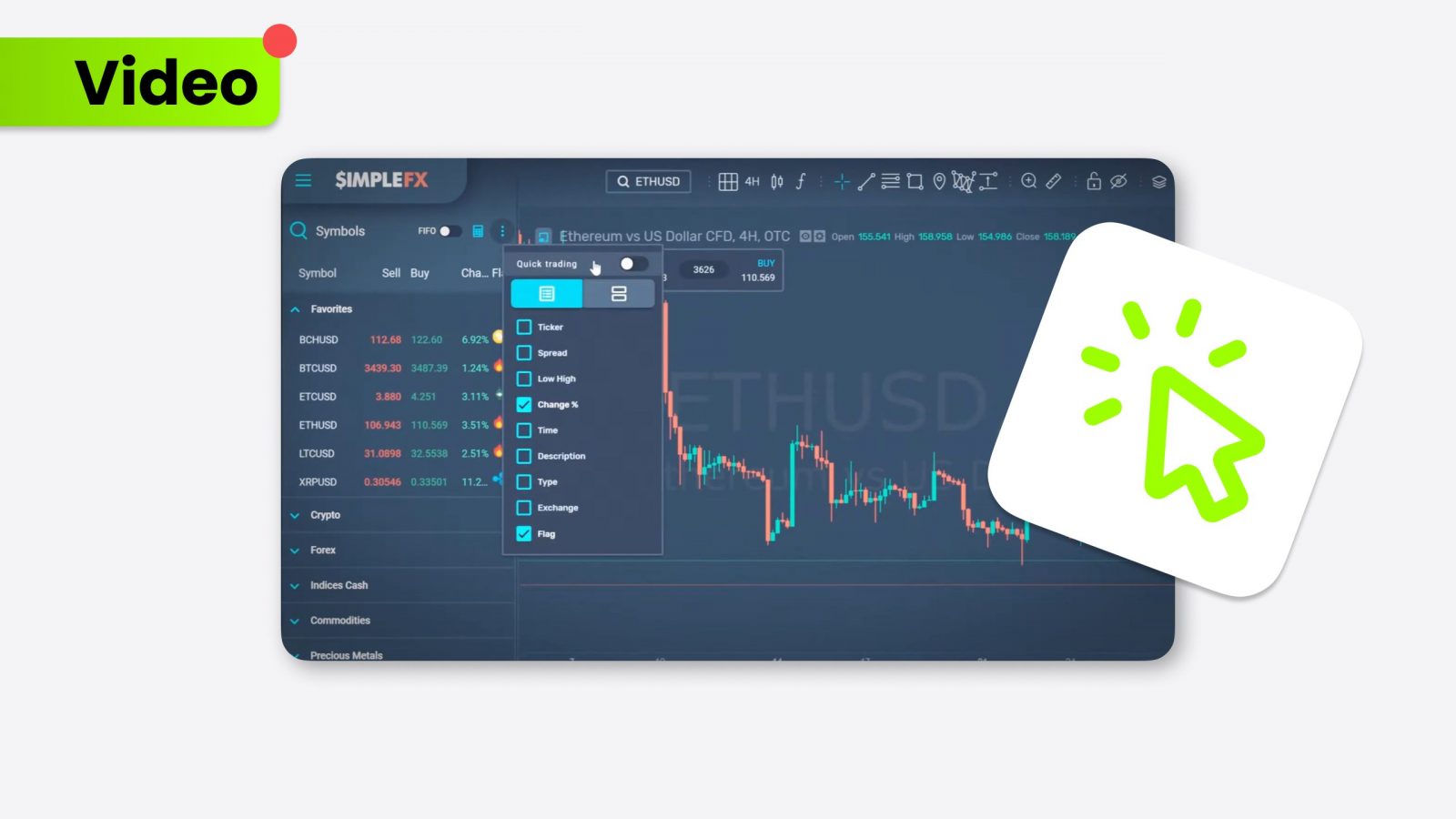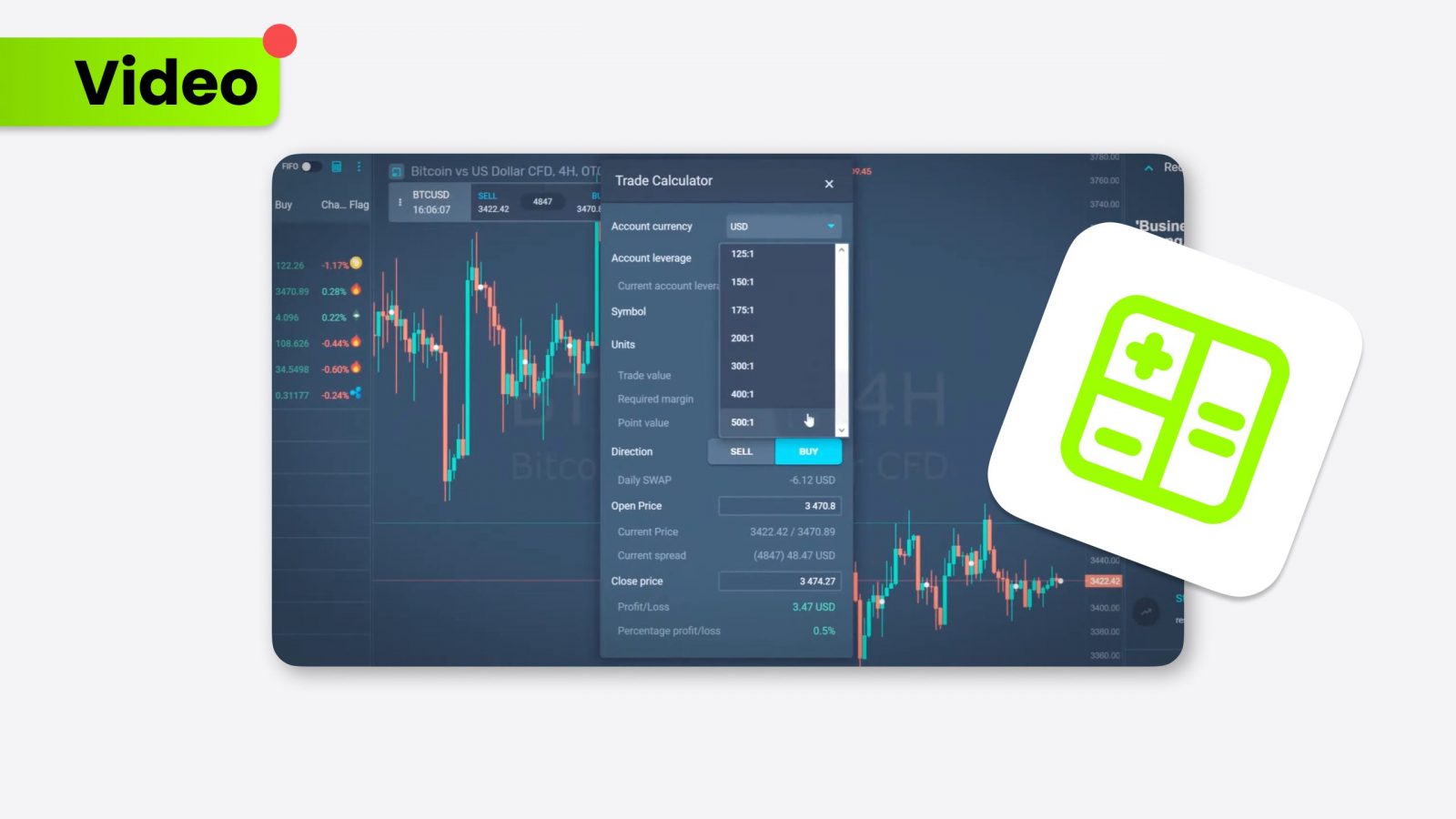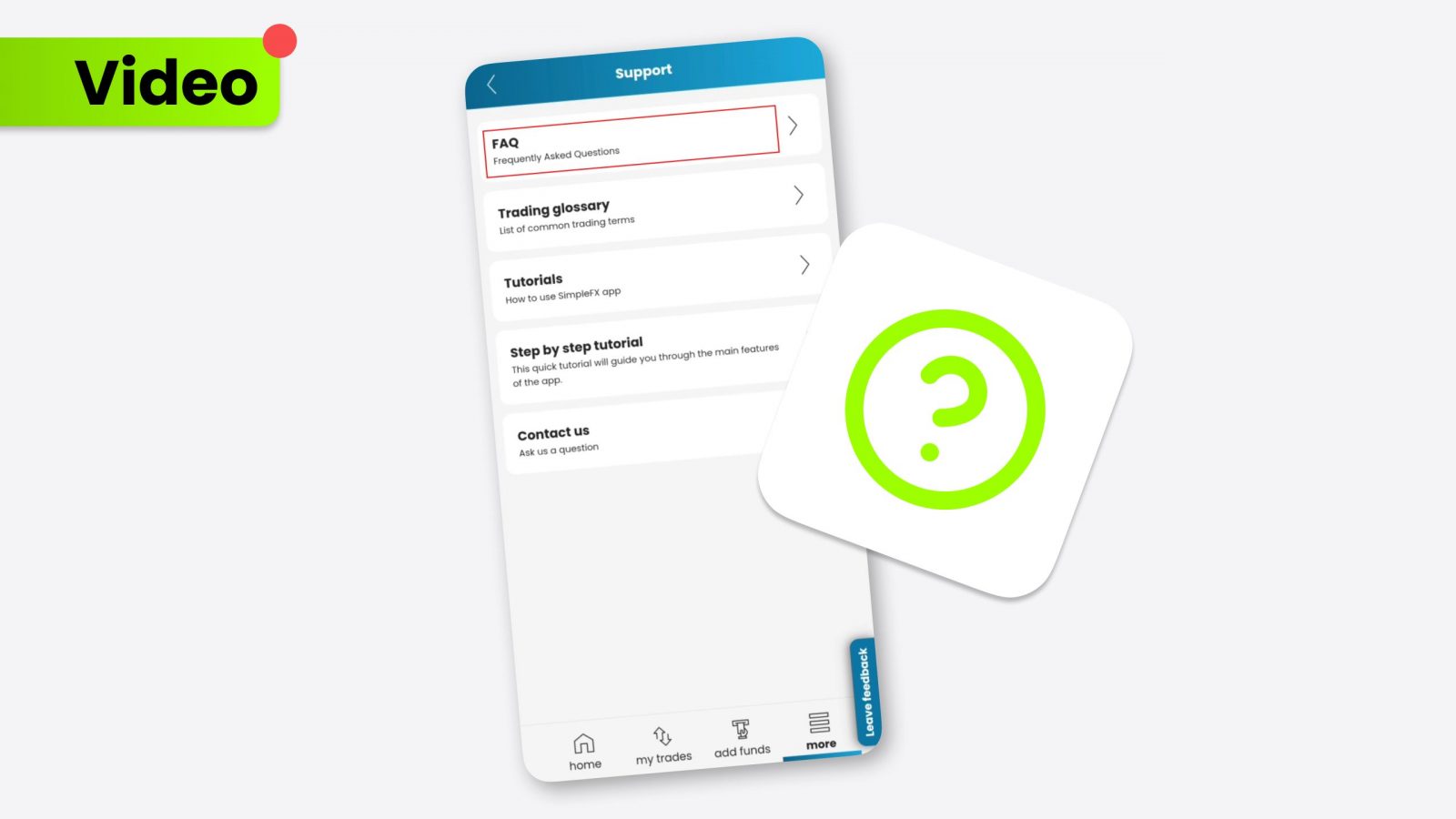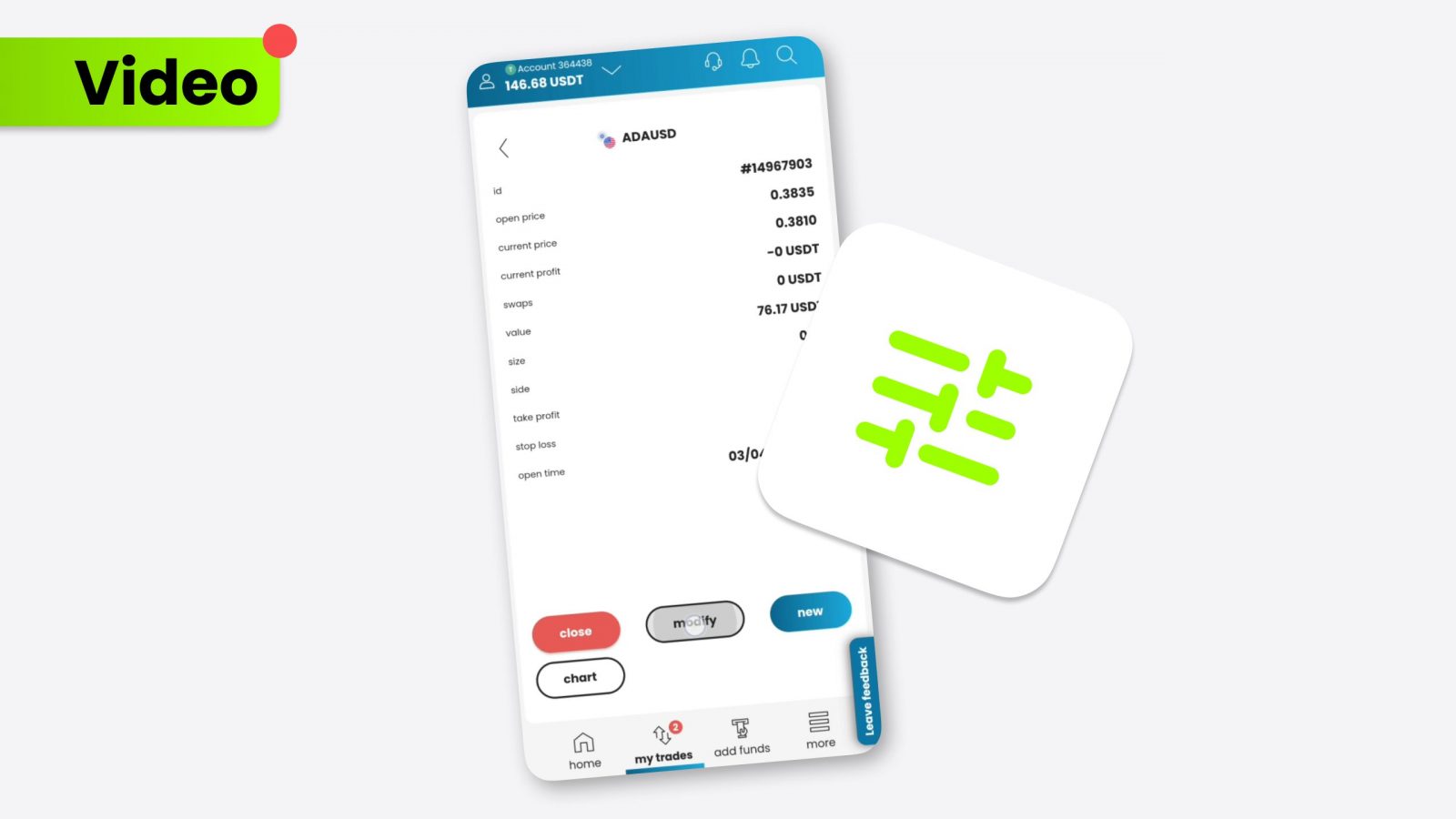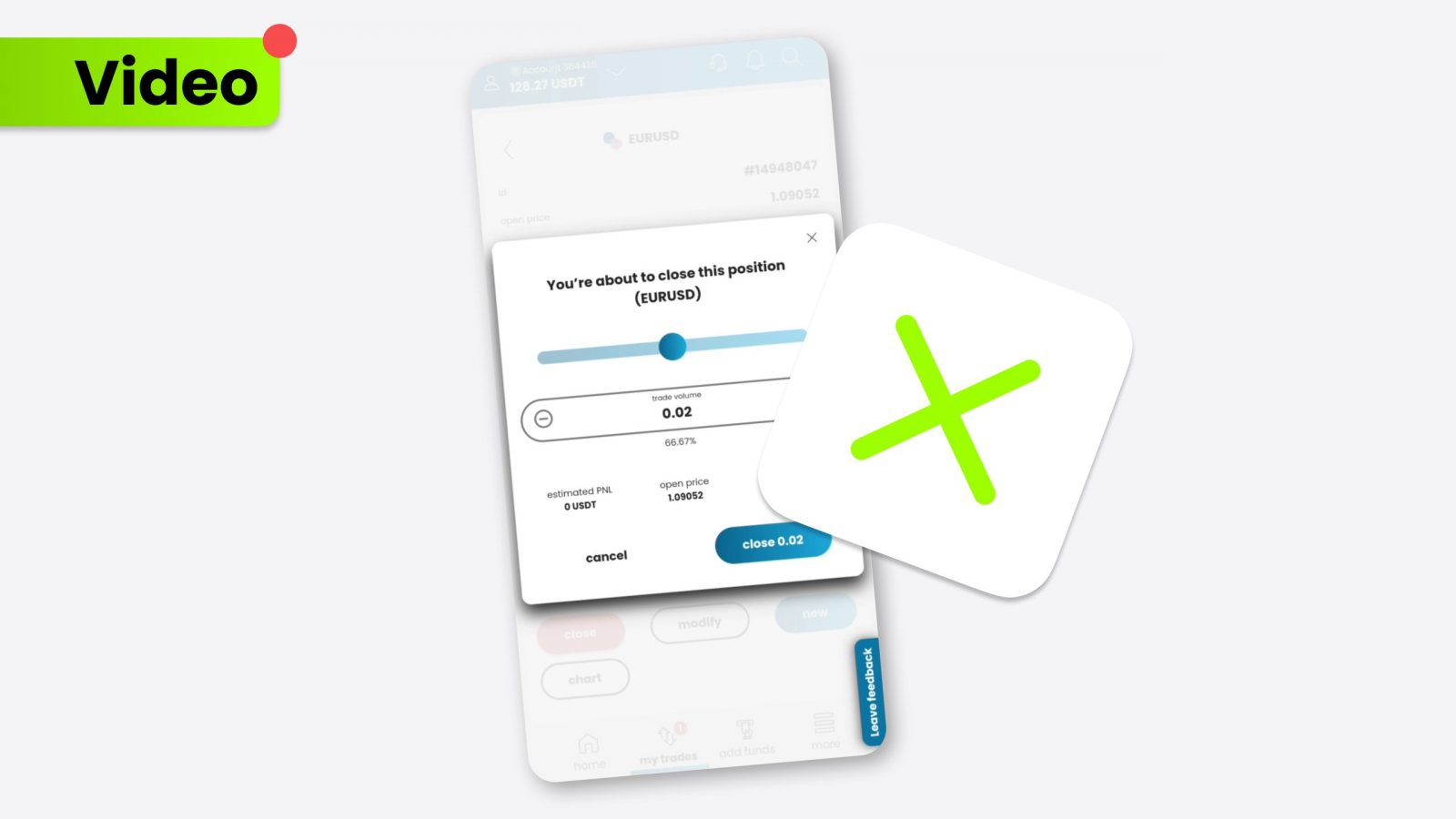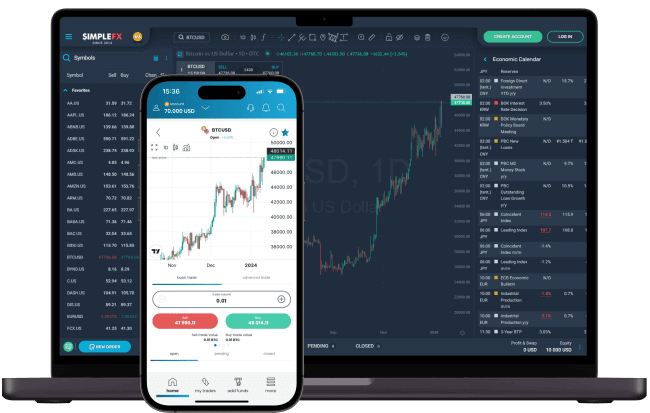The process of cryptocurrency mining is a critical element that powers the world of digital currencies. Traders have to understand cryptocurrency mining, its operation, and why it’s crucial in blockchain technology.
- Miners validate transactions by solving complex mathematical puzzles, which adds new blocks to the blockchain and helps maintain its integrity.
- Successful miners add new blocks to the blockchain and receive rewards in the form of newly minted coins and transaction fees.
- Methods such as proof of stake (PoS) reduce energy consumption by selecting validators based on their currency stake.
Introduction to cryptocurrency mining
The mining process contributes to the decentralization and security that are hallmarks of blockchain technology. Miners validate transactions, and by solving cryptographic challenges, they add new blocks to the blockchain, receiving new coins as a reward for their computational efforts. Bitcoin mining adjusts the difficulty of the mathematical problems based on the total computational power of the network to ensure that the average time for miners to solve a block and receive rewards remains about ten minutes.
What is cryptocurrency mining?
Cryptocurrency mining plays a crucial role in digital currencies such as Bitcoin, ensuring the security and transparency of transactions. Think of it as a decentralized bank ledger, but miners are the ones maintaining the ledger instead of bankers. Their primary task is to verify and add new transactions to the blockchain digital ledger, guaranteeing the integrity of the data.
This process isn’t as simple as it sounds; it involves solving complex mathematical problems requiring computational power and energy. Here’s where the analogy to mining comes into play. Miners are like the prospectors of the digital age, seeking to unearth valuable digital assets by solving mathematical puzzles.
What are cryptocurrency miners?
Miners, whether individuals or organizations, employ significant computing power to crack these intricate mathematical puzzles. Each puzzle corresponds to a batch of cryptocurrency transactions waiting to be added to the blockchain. Solving a puzzle allows miners to validate and record these transactions, preventing double-spending problems.
Imagine cryptocurrency transactions as digital coins and these puzzles as locks on treasure chests. Miners are the ones with the digital keys, and they must crack the locks to access the treasure. Once the lock is open, the treasure (transactions) is added to the ledger, and the miners are rewarded with a share of the newly created cryptocurrency coins. It’s a competitive and rewarding endeavor, akin to a digital gold rush, where miners race to unlock the next batch of transactions and reap the rewards.
This competitive mining process is part of the proof of work (PoW) system, which underpins the security of many cryptocurrencies like Bitcoin. In PoW, the complexity of the mathematical puzzles ensures that the network remains secure from fraudulent activities and network attacks.
Crypto mining process
Crypto mining is the backbone of blockchain technology, providing both security and new currency issuance through computational effort.
How mining works
The essence of crypto mining involves competing to find a solution to a complex mathematical puzzle, and the first one to solve it gets to add a new block of transactions to the blockchain. This is known as ‘proof of work.’ It requires significant computational power, as the difficulty of these puzzles adjusts over time, ensuring that the rate of block creation remains steady.
Mining rewards and incentives
Crypto mining is essential for both proof-of-work and proof-of-stake methods. Miners are incentivized to participate in the mining process because they receive rewards for each block they add to the blockchain.
These rewards typically come in the form of newly minted coins and transaction fees from the transactions included in the block. This not only compensates miners for their computational work but also encourages the creation of new coins in a decentralized manner.
Mining of cryptocurrency: Impact of the process
Securing the blockchain
Mining is more than just a process; it’s the backbone that maintains the security and integrity of the blockchain. The unique decentralized and competitive nature of mining ensures that control over the blockchain is distributed among many miners instead of being concentrated in the hands of a few. This widespread mining power distribution effectively secures the blockchain against manipulation and fraud. Each miner’s effort in verifying and adding transactions to the blockchain reinforces its resilience and reliability. The more decentralized the mining network, the more secure the blockchain becomes, making it nearly impossible for any single entity or group to alter past transactions or compromise the network’s integrity.
Challenges and considerations
However, the mining process has challenges, particularly concerning its environmental footprint. The primary concern revolves around the energy consumption associated with mining activities, especially for cryptocurrencies like Bitcoin that use the energy-intensive proof of work (PoW) system. This system demands significant computational power, leading to high electricity usage and a substantial environmental impact. This aspect of mining has sparked widespread debates and discussions about its sustainability, pushing the industry to consider alternative methods.
The environmental impact of mining is driving innovation in the cryptocurrency space, with a growing emphasis on finding more energy-efficient consensus mechanisms. For instance, the proof of stake (PoS) model, adopted by some cryptocurrencies, significantly reduces the energy requirement by selecting validators based on their stake in the currency rather than their computational power. These innovations are crucial steps toward making cryptocurrency mining more sustainable and environmentally friendly, addressing one of the most pressing challenges in the field.
Conclusion: The future of mining
As the world of cryptocurrency continues to evolve, so does the mining process. Innovations and developments in blockchain technology may lead to more energy-efficient mining methods or alternative consensus mechanisms like ‘proof of stake.’ Understanding cryptocurrency mining is critical to grasping digital currencies’ broader implications and future.



